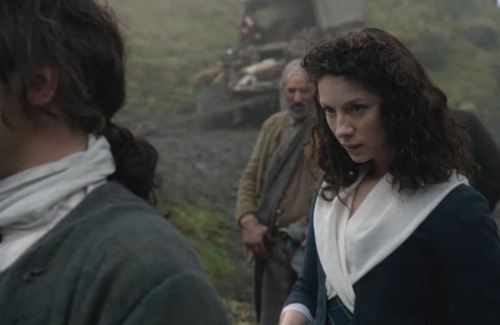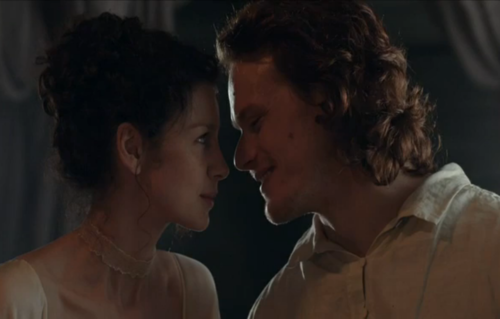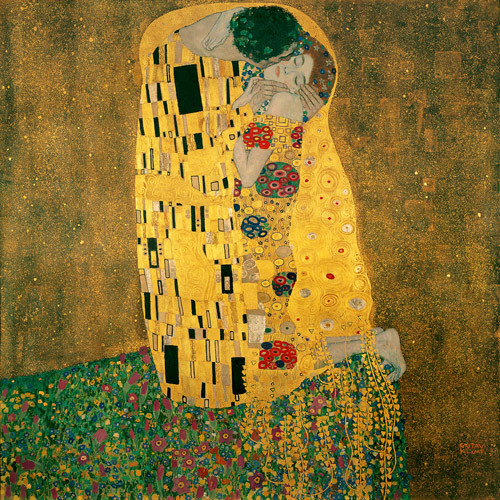
Don’t let Claire stick it to you! Anatomy Lesson #15 tomorrow: Crouching Grants – Hidden Dagger!
The deeply grateful,
Outlander Anatomist

Human Anatomy taught through the lens of the Outlander books by Diana Gabaldon and the Starz television series

Don’t let Claire stick it to you! Anatomy Lesson #15 tomorrow: Crouching Grants – Hidden Dagger!
The deeply grateful,
Outlander Anatomist

Claire and Jamie bonded over some romantic wedding night pillow talk that fans didn’t see when the first season of Outlander originally aired. Here are some of those deleted scenes. Enjoy!
The deeply grateful,
Outlander Anatomist

Don’t you just love Gustav Klimt’s painting of “The Kiss?” Please join me tomorrow on Valentine’s Day for a special lesson: The Anatomy of a Kiss!
The deeply grateful,
Outlander Anatomist